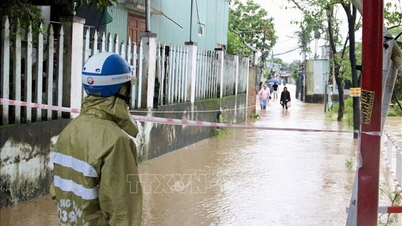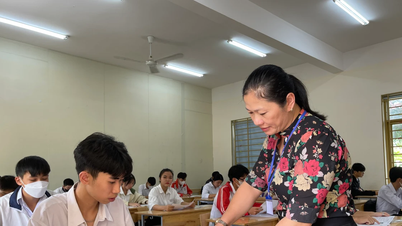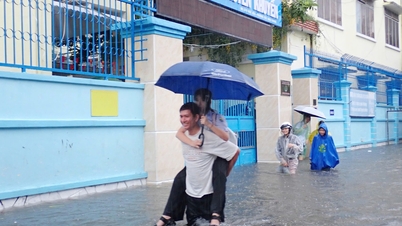
According to the latest research, excessive internet use affects students' dropout rates.
A group of six scientists from Finland published a new study on the relationship between sleep time, physical activity, excessive internet use and school absenteeism on April 16. The study was conducted based on data from 86,270 adolescents aged 14-16 in Finland, published in the journal Archives of Disease in Childhood .
The study found that 34.7% of young people surveyed slept less than 8 hours per night during school days, and 34.3% participated in low physical activity (ie less than 3 days per week with a minimum of 1 hour per day). In addition, all three factors: low night sleep, low physical activity and excessive internet use affected unexcused absences or absences for health reasons.
According to the study, girls are more likely to use the internet excessively than boys. In addition, skipping school or being absent due to illness can be overcome with good sleep and exercise habits, along with strong family relationships. In particular, teenagers who feel they can share their difficulties with their parents are 59% less likely to skip school and 39% less likely to miss school due to illness.
To assess whether students were actually using the internet excessively, the team measured five aspects: neglecting family, friends and schoolwork; feeling anxious if they weren’t online; not eating or sleeping because of internet use. Students were asked to rate each aspect on a scale of 1 (never) to 4 (often) to provide an overall average score, the researchers added.
The results showed that the average score of more than 86,000 students was below 2, and only over 2% (1,881 students) achieved the maximum score of 4.

In many developed countries, high school dropout rates are becoming an alarming problem.
The Finnish team said that this was an observational study and that it was not possible to draw firm conclusions about causal relationships between factors. Furthermore, the survey data did not address how students used the internet. "Despite these limitations, the results of the study have important implications for improving students' health and educational attainment," the authors said.
The high rate of student absenteeism has been a problem that many developed countries have faced in recent times, especially in the post-Covid-19 years. For example, in the UK, the rate of absenteeism reached a record high in the 2022-2023 academic year, when 1 in 50 students in public schools missed at least half of their lessons. This figure is 1.5 times higher than in the 2018-2019 academic year, the time before Covid-19 broke out, according to data from the UK Department for Education .
Meanwhile, in the U.S., an estimated 26% of public school students nationwide will be chronically absent in the 2022-2023 school year, up 15% from pre-pandemic levels, according to data from 40 states and Washington, D.C., compiled by the American Enterprise Institute. Chronic absenteeism is typically defined as missing at least 10% of the school year, or about 18 days, for any reason.
Source link






![[Photo] Cutting hills to make way for people to travel on route 14E that suffered landslides](https://vphoto.vietnam.vn/thumb/1200x675/vietnam/resource/IMAGE/2025/11/08/1762599969318_ndo_br_thiet-ke-chua-co-ten-2025-11-08t154639923-png.webp)




































![[Video] Hue Monuments reopen to welcome visitors](https://vphoto.vietnam.vn/thumb/402x226/vietnam/resource/IMAGE/2025/11/05/1762301089171_dung01-05-43-09still013-jpg.webp)





































































Comment (0)